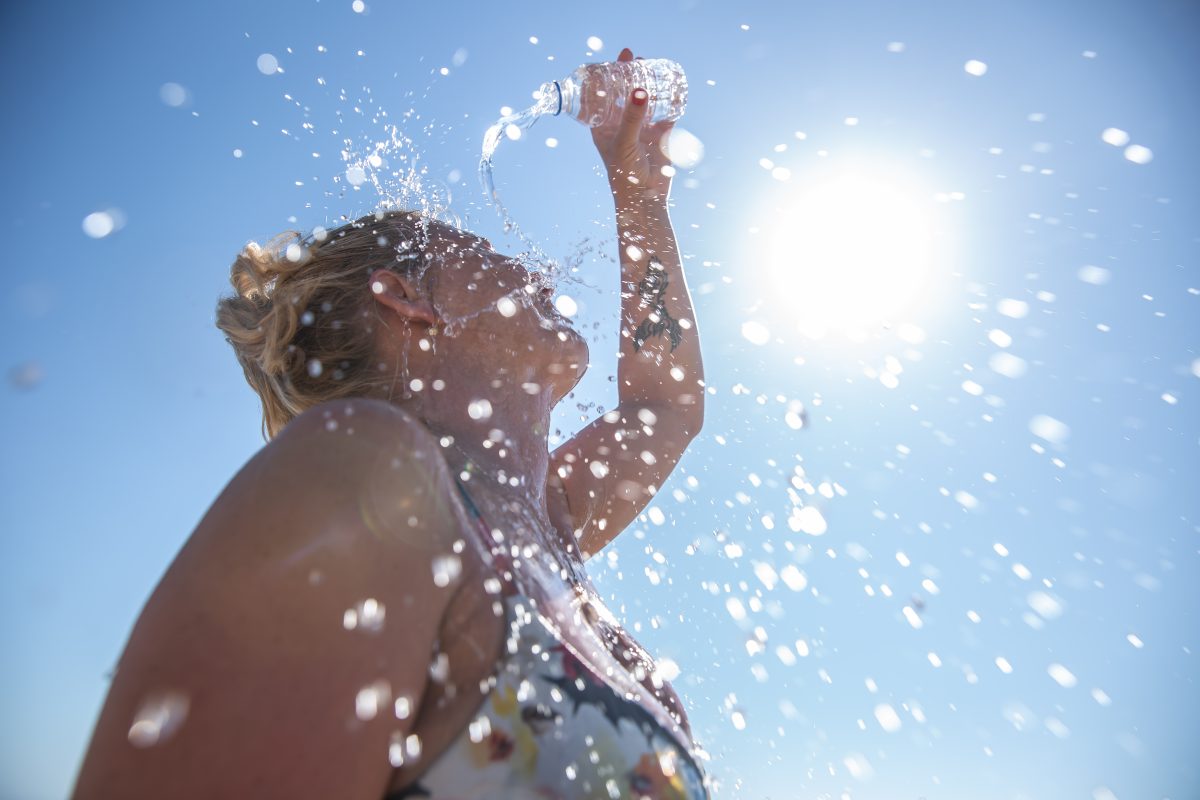Whether you're hanging out poolside or taking a trip to the beach this summer, a towel isn't the most important thing you need to bring.
Sunscreen is a must-have for those outdoor activities under the sun. By reflecting or absorbing the sun's ultraviolet (UV) rays, sunscreen can save you from developing a painful case of sunburn and help keep your skin healthy in the long run. Most skin cancers are caused by too much exposure to UV rays, according to the American Cancer Society.
While sunscreen doesn't completely block all UV rays, it's still an important tool in protecting your skin from sun damage.
So, how do you go about picking the right sunscreen? Here are five tips:
Get DFW local news, weather forecasts and entertainment stories to your inbox. Sign up for NBC DFW newsletters.
1. Use broad-spectrum sunscreen
Make sure your sunscreen is labeled as "broad spectrum," which means it offers protection against both UVA and UVB rays.
Only broad-spectrum sunscreens with a sun protection factor (SPF) of 15 or higher can state that they protect against skin cancer and early skin aging, per the American Cancer Society.
2. Go with an SPF of 30 or higher
The American Cancer Society recommends using sunscreen with an SPF of at least 30. SPF denotes a sunscreen's level of protection against UVB rays, which are the main cause of sunburn.
"When applying an SPF 30 sunscreen correctly, you get the equivalent of 1 minute of UVB rays for each 30 minutes you spend in the sun," the American Cancer Society explains. "So, 1 hour in the sun wearing SPF 30 sunscreen is the same as spending 2 minutes totally unprotected."
There are sunscreens with SPFs above 100, but it's important to remember there isn't a number that offers complete protection. The difference in protection level also becomes smaller as the SPF number increases. SPF 15 sunscreens filter out roughly 93% of UVB rays compared to roughly 97% with SPF 30, roughly 98% with SPF 50 and roughly 99% with SPF 100.
3. Pick a water-resistant sunscreen
The American Cancer Society says a sunscreen can't be billed as "waterproof" or "sweatproof" because those are misleading terms. But there are sunscreens that are water resistant. Water-resistant sunscreens have to say whether they protect the skin for 40 or 80 minutes of swimming or sweating.
The CDC recommends applying a thick layer of sunscreen at least 20 minutes before going outside. Reapplying at least every two hours and each time you get out of the water or sweat heavily are other recommended practices.
4. Don't just rely on other products that offer SPF protection
There are products like concealers and moisturizers that feature protection against UV rays. But Cleveland Clinic dermatologist Amy Kassouf still suggests using sunscreen, as other products with a built-in SPF may not offer enough protection.
“We put on just as much as we feel we can spread easily, then we’re off to the races. So, we don’t usually get the full protection listed on the label,” Kassouf said, via Health.ClevelandClinic.org.
“Apply sunscreen with at least SPF 30 and makeup with SPF 30. Together, they’ll add up to the protection you need.”
Kassouf advises to apply sunscreen first before other facial products.
5. Apply even if you have darker skin
The darkest skin tone provides only the equivalent of SPF 13, according to the Skin Cancer Foundation. So while those with darker skin may have more natural protection against UV rays compared to those with lighter skin, the risk for sun damage remains.
Sunscreen shouldn't be the only way you protect your skin from the sun, either. The American Cancer Society also recommends seeking shade, covering your skin with clothing, wearing a hat and sporting sunglasses that block UV rays.



